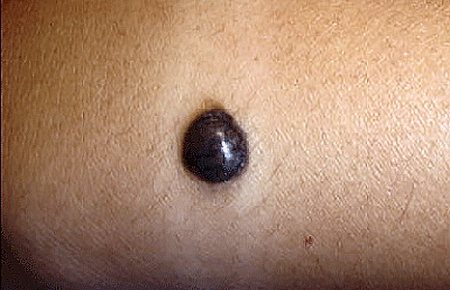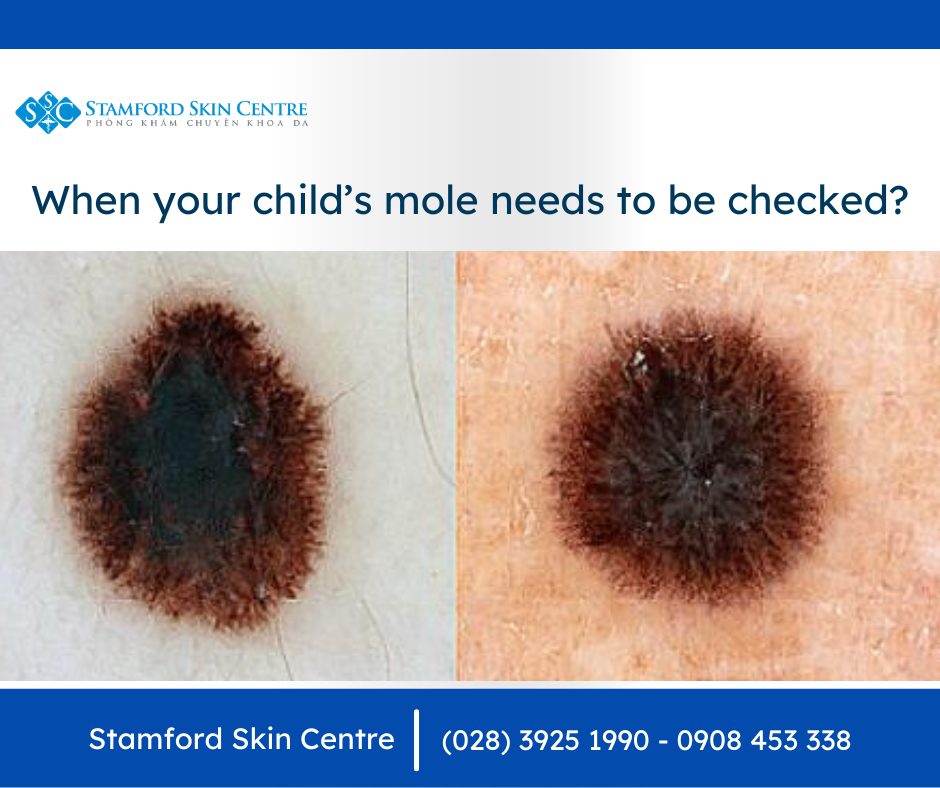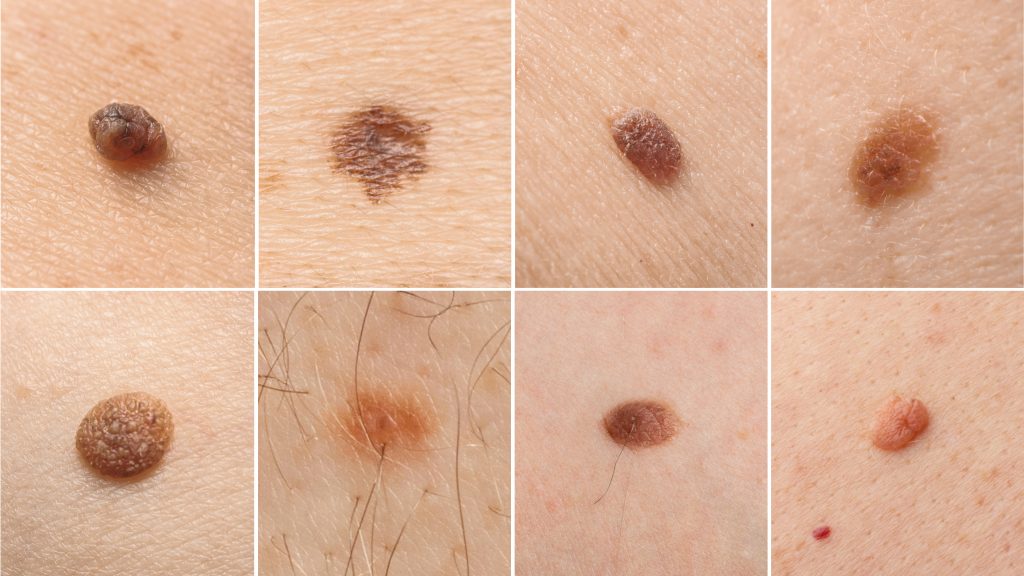
Moles on a child’s skin are generally nothing to worry about. New moles appear during childhood and adolescence. As the child grows, the moles will naturally get bigger. It’s also normal for moles on a child’s skin to darken or lighten. Some moles fade away. These changes are common and rarely a sign of melanoma, a type of skin cancer that can begin in a mole.
In fact, melanoma is rare in young children. Even so, there are times when a mole should be checked by a dermatologist just to be sure. Caught early, melanoma is highly treatable.

The following can help you decide when a dermatologist should examine your child :
- Changing mole: It’s normal for a mole to grow at the same rate as a child. It’s also natural for a child’s moles to get darker or lighter.
If a mole is growing (or changing) quickly, this can be worrisome. A mole can also be worrisome if a change causes the mole to look different from your child’s other moles.

- Mole that is dome-shaped, has a jagged border, or contains different colors: If you see a raised, round growth on your child’s skin that is pink, red, tan, or brown, it’s likely a Spitz nevus. This is a harmless mole that usually appears between 10 and 20 years of age. A child can also be born with this type of mole.
The raised surface can be smooth or rough. Sometimes, the surface breaks open and bleeds.
While a Spitz nevus is harmless, it can look a lot like melanoma, the most-serious type of skin cancer. Melanoma can bleed, break open, or be dome-shaped. Both a Spitz nevus and a melanoma can have more than 1 color.
Even when viewed under a microscope, this mole often resembles melanoma.
Any spot that looks like those described to above, should be examined by a dermatologist. In some cases, a dermatologist will want to remove it. If the spot isn’t changing, however, a dermatologist may decide to watch it closely. Sometimes, these moles eventually disappear without treatment.
- Bleeding mole: A raised mole can catch on something and become irritated. If a mole bleeds without reason, however, it should be checked. A mole that looks like an open sore is also worrisome. Bleeding or a break in the skin can be a sign of melanoma.
- Many moles: It’s normal for a child or teenager to get new moles. By the time a child becomes an adult, it’s common to have 12 to 20 moles.
If your child already has 50-plus moles, however, your child should be under a dermatologist’s care. Some children who have lots of moles get melanoma early in life. An Australian study found that more than half of the 15- to 19-year-old patients with melanoma had at least 100 moles.
- Large mole: Most moles are round (or oval) spots that are smaller than the eraser on a pencil.
Some children get larger moles. A large mole can measure 7 inches in diameter or more. A giant mole can blanket part of a child’s body, as shown here. Children with these types of moles are usually born with them. These moles can also appear shortly after birth.
Having a large or giant mole increases the child’s risk of developing melanoma and other health problems. This risk is greater when the child is young. More than half of the melanomas that develop in giant moles are diagnosed by 10 years of age.